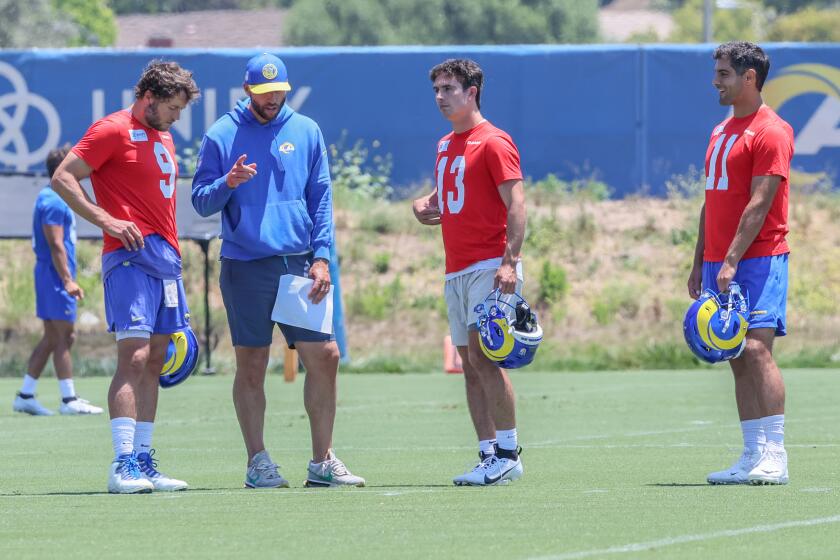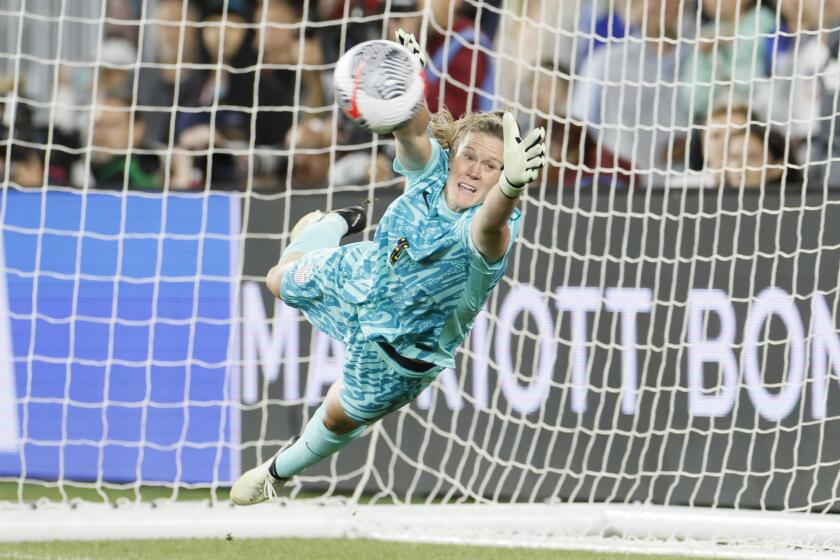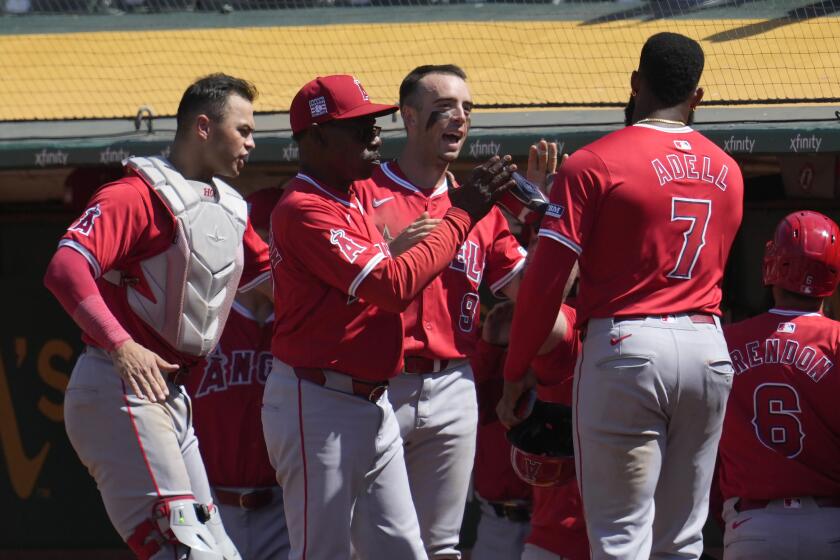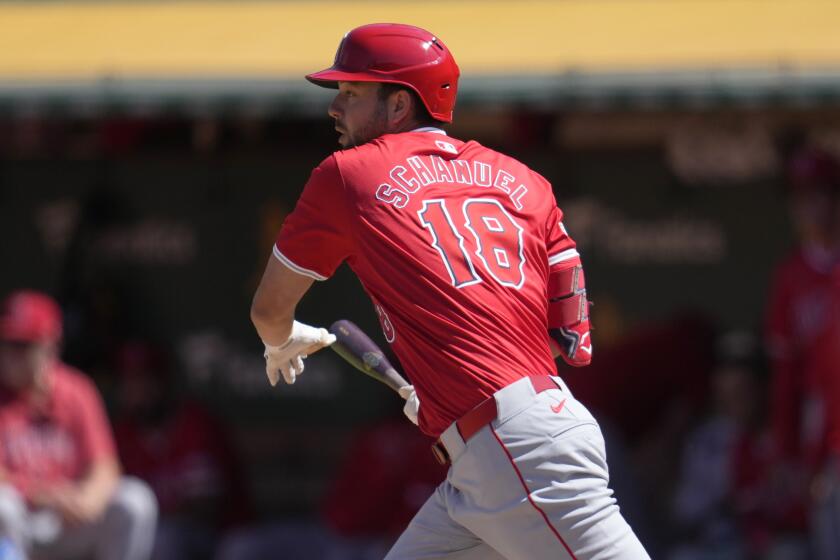Hingis: Second Title Is Tougher
Give her credit, Martina Hingis doesn’t think she is so smart that she can’t learn something new about tennis. Now into her second cycle of appearing in Grand Slam tournament finals, the 17-year-old has discovered that defending the three titles she won last year will not be easy.
Hingis defeated Conchita Martinez, 6-3, 6-3, in the final of the Australian Open on Saturday. While the 86-minute victory was not difficult, the pock-marked two-week path to the final at Melbourne Park was.
“Let me tell you one thing,” Hingis said. “To defend the title is much harder. There’s so much pressure. This was the hardest Grand Slam I’ve won. Everybody told me, it’s going to be harder to defend everything. I’m kind of proud of myself, what I did today. This tournament meant so much to me.”
It was a lesson Hingis’ elders have known. The Australian Open was the first Grand Slam tournament title Hingis has had to defend. The Swiss teenager began her campaign of winning Grand Slam titles here last year, and lost only the French Open among the four majors.
Hingis is now the youngest player to defend a Grand Slam singles title in the open era, surpassing Monica Seles, who won consecutive French Open titles.
Hingis’ precociousness is well documented, but it is her ability to learn while doing that is making her a multiple champion. In fact, Hingis is well into an effort to drop her schoolgirl image. She has dyed her light hair black and has taken to wearing brown contact lenses over her blue eyes.
Perhaps the most sure sign of her maturity came after Saturday’s match. Previously, Hingis has scrambled over various court obstacles to get to her mother after winning a title. Last year, Melanie Molitor clambered down to court to hug her daughter. After Saturday’s final, Hingis was satisfied to allow her mother to clasp her hand.
She even thanked her mother for not coming onto center court.
Hingis’ preoccupation with her youth is understandable because it is so frequently referred to. She now calls 15-year-old Mirjana Lucic and 16-year-old Anna Kournikova “the youngsters.”
It wasn’t long ago that Hingis was in that category. On the same day in 1994 that Martinez defeated Martina Navratilova to win her Wimbledon title, Hingis was in the nether regions of the All England Club, winning the Wimbledon junior title at age 13.
Hingis hadn’t yet turned pro when Martinez won her last Grand Slam tournament title. “Isn’t it funny?” Hingis said of their previous career intersection.
Age isn’t an act with Martinez. Saturday was her first Grand Slam tournament final since she won Wimbledon and, at 25, she can expect fewer opportunities in the future.
Last year was Martinez’s worst on tour. Her ranking fell from No. 5 to No. 12, and for the first time in a decade on the tour, Martinez failed to win a title.
Martinez’s ranking will move from No. 11 to No. 8 next week; Hingis, who won $214,143, will remain cemented at No. 1.
Hingis had lost only two sets in getting to the final and again claimed the court. She has a way of stepping in and taking short balls, hitting with pace and angle. Martinez stood fast on the baseline and got run around. Had she been in better control of her damaging forehand, Martinez may have been able to mount an assault from the back.
With her forehand faulty, Martinez lacked an effective weapon to counter Hingis.
“Today, patience is everything,” Martinez said. “Instead of attacking, I was being passive. That’s why I was making forehand errors. I was kind of waiting, instead of attacking the ball. She played very smart, she didn’t let me attack.”
More to Read
Go beyond the scoreboard
Get the latest on L.A.'s teams in the daily Sports Report newsletter.
You may occasionally receive promotional content from the Los Angeles Times.







